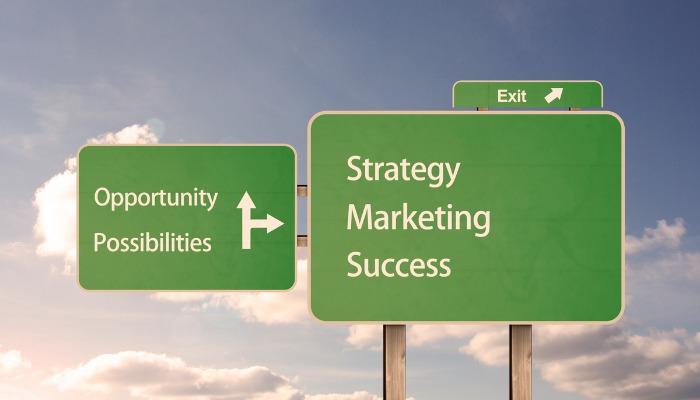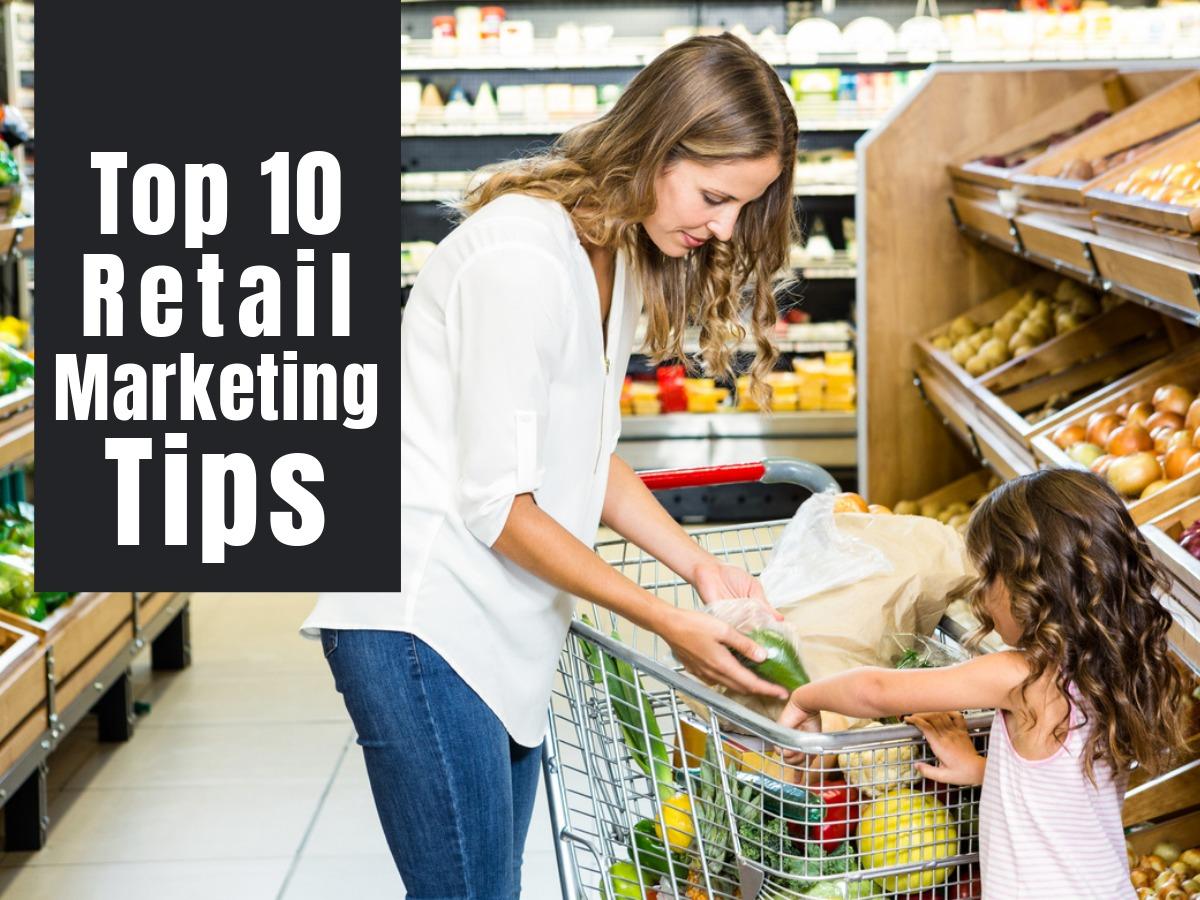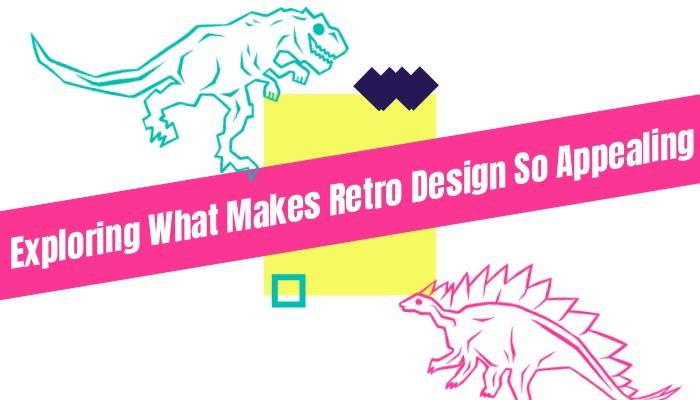Is the traditional marketing funnel a thing of the past?
At One Egg, when we start a new project we often begin with a strategic consultation. These conversations often take place within the framework of the marketing funnel. We try to understand which parts of the funnel we can most effectively target and then how we tune our messages appropriately on the relevant ad platform. However, we believe that the traditional funnel concept is outdated in the digital age. Customer decision journeys are not only shaped differently, they are faster, have a lot more touch points and then continue after purchase. Where the traditional funnel is wide at the top and thins towards purchase, the modern journey starts relatively thin and widens out in the middle.
There is no shortage of articles you can read on the web claiming how the marketing funnel is dead, however few of them offer alternative solutions. Edelman’s analysis of the Customer Decision Journey (CDJ) is one of the stronger alternatives we’ve found as it provides a practical framework for marketing to customers along this journey. We believe that this CDJ is unique to each industry and market research is essential. In this article we review the new CDJ and provide insight into its application in crafting a digital marketing marketing strategy.
Table of contents:
- ● Is the traditional marketing funnel a thing of the past?
- ● The Traditional Marketing Funnel
- ● Customer Decision Journey
- ● Purchasing a Blender
- ● Only with Market Research
- ● Implications for digital marketing
- 1. Divert Display Network Prospecting
- 2. Reviews, reviews, reviews (and social proof) – Invest heavily here
- 3. Enjoy, Advocate, Bond – Invest in your own content
- ● Let’s begin
The Traditional Marketing Funnel

The marketing funnel has been around for a long time, it was first proposed in the form of the AIDA model in 1898. The traditional marketing funnel maps a customers journey which begins with an awareness stage at the wide top of the funnel. This continues through a thinner consideration stage and through to a purchase stage.
The funnel starts out wide at the top since at the awareness stage a customer has the largest amounts of brands and products to consider. These are refined as the customer moves down the funnel until the final product is decided upon and purchased.
This funnel was appropriate in the past, but the way customers shop and interact with brands has changed in the digital age, the funnel which maps this journey needs to be revised.
Customer Decision Journey
In his Harvard Business Review article: ‘Branding in the Digital Age’, David Edelman writes about the consumer decision journey. He talks about how we can no longer expect the predictable path where a shopper begins with a number of brands in mind and then slowly narrows them down until purchase. That is just not how we shop these days.
Rather Edelman proposes 4 stages:

I’ve summarised these stages but I’ve also added my own interpretation. I’ve made some small changes and departures from Edelman:
Consider: The consumer considers a selection of brands, often because they have heard about it from a peer
Evaluate: The consumer looks to understand more about these brands. They might ask peers, read reviews, compare and research online. They will throw out some brands and add in others. The funnel is fluid at this stage and might become wider.
Buy: This can happen in-store or online and remains a strong touch point. In the previous model this is given more weight then it likely deserves. Brands spend here to ensure the sale is secured.
Enjoy, advocate, bond: The most underappreciated touch point in the traditional model and often not even included. We’ve come to realise that consumers likely research the product even more after they have purchased it. They might spend longer on your site at this stage then at any previous time. Providing a good experience here is critical. A consumer that has a good experience with the brand will turn into an advocator, which is the strongest form of marketing. It will influence others at their ‘Consider’ and ‘Evaluate’ stage.
Purchasing a Blender
I recently decided to purchase a blender. When I think back to how this idea came into my mind, I recall that I saw a blender at my neighbour’s house. On noticing me eyeballing his Nutribullet, my neighbour told me that it’s a fantastic blender. I started the Consideration phase with just one brand and was influenced by a brand advocator who was happy with his product. As an advocator he didn’t even need to be asked, he automatically wanted to promote the product.

Still in the consideration phase, my next step was to head online and learn more about this Nutribullet. I started to see competing brands and now I had created a basket of goods in my mind that I believed were similar.
I then entered quickly into the Evaluate stage where I found myself reading reviews on each blender and beginning to understanding the pros and cons of each type. I threw some blenders out of my basket in my mind and added some others. I read many reviews on Amazon and even tried to compare them against each other. In this case the comparison didn’t work to well for me, but the reviews were critical. As soon as I read one negative thing about any particular model it sent my head into a whirl thinking ‘this can’t be good!’ At this stage I was mainly interacting with ‘earned media’.
I even found myself in a physical store shortly afterwards where I found myself asking the advice of the store owner, I was still in the evaluate stage but now interacting with owned media.
I did move through to the purchase stage in the sense that I decided on a model I liked and started to look for sales / promotions. However I never ended up making the purchase. Although I am sure if I did, I’d be researching and reading a lot about my blender after buying it, to put my mind at rest that I got a deal and that my blender is better than my neighbours!
Only with Market Research

Thinking about the funnel in this way makes you realise that each journey is industry specific. Travel insurance, for example takes a completely different path. On a possible journey, once the customer has booked his or her flights they will realise they need insurance. There will likely be a lot of time spent on comparison and investigating differences in insurances as well as pricing. The point is that every industry has a unique CDJ and in fact every customer has a unique CDJ. Only through market research a picture can be built up in each industry to understand it better and invest properly in marketing to it.
Implications for digital marketing
The CDJ enlightens our marketing efforts in a number of ways. Firstly, it makes us realise that marketing needs to be practiced holistically. It is all too common that an advertiser will have a separate investment and strategy for online vs offline or for SEO vs PPC. Advertisers might think that these activities live in silo’s. But if we are considering the CDJ, then we need to think customer centric rather then marketing activity centric.
Many brands still working with the traditional model tend to invest mostly at two touch points: Consideration & buy. In the traditional model Consideration is where we drive brand awareness and ‘buy’ is where the sale is made. However, in the CDJ, in most industries most of the marketing opportunity occurs at the Evaluation stage and the ‘Enjoy, Advocate, bond’. This is where the consumers are most actively researching & engaging with your brand. All you need to do is invest time and money to respond to them!
It follows that the first step in considering the CDJ is moving investments to these stages in the funnel. I’m talking broadly, because again this can be industry specific, and market research is needed. In a general sense I would consider implementing the following 3 action items:
1. Divert Display Network Prospecting
Move investment away from display network prospecting. Now I am PPC guy, my bread and butter is Google Ads, which often includes display campaigns, so I’m the first to acknowledge that the truth hurts.

Image: I find that the default Google Display Ads can be a little boring. So I like to get creative and make my own. My tool of choice is Design Wizard.
Display prospecting is designed to target the consideration phase. But when you think about it, most of the times that you’ve purchased something it’s probably not because of a banner that enlightened you to it. Consider the above Blender example where I was influenced by neighbour. Another example is my tent purchase. I knew I was going camping in two months and the previous year I had borrowed a tent from a friend, so the consideration to buy a new tent came from a great previous experience with a friends tent.
I think advertising banners may have some subconscious effect on us, they likely do prop up an existing brands presence and dominance (think Coke & Nike), but in my opinion their effects on consideration is mild in comparison with the strength of a brand advocator.
This shouldn’t be confused with remarketing and other high intent display audiences that can be accessed on the GDN and Facebook networks, many of these are effective and should be evaluated separately. Remarketing would sit further down the funnel based on how the audiences are setup
2. Reviews, reviews, reviews (and social proof) – Invest heavily here

You can’t underestimate the importance of reviews today. I would venture to say that 90% of all online purchasers have read some kind of review before buying. (I don’t have any evidence to back it up, it’s my guess). This could be a review on a 3rd party site like amazon, a review on the brands site, or even a comparison site. Comparison sites fall into this category as they are pitching the brands against each other providing the ability to ‘review’ differences.
All of this research is happening at the evaluate stage, this is where opinion is formed and this is where you should be investing. Some ideas as to how you can invest here:
– Setting up a process to encourage reviews after a consumer has purchased.
– Keeping on top of negative reviews & using social media monitoring tools.
– Sponsoring advertising on comparison sites
– Setting up Google or Facebook Ads that show customer testimonials in them to spread social proof. This would be ideal as remarketing for someone who has already come to your site.
– Adding reviews and comparisons of your brand with other brands, on your own site. Then targeting searchers with Google Ads that are searching for ‘compare’, ‘best’, ‘review’ related keywords. Try and get them to your own site where you control the message rather than a comparison site..
3. Enjoy, Advocate, Bond – Invest in your own content

It’s worth focusing on this stage, since it is so often overlooked. Many brands think that after the purchase is made, there is no point spending more money on the consumer, since they have already made the sale. But you’ll likely find that its at this stage that the consumers is most actively engaged with the brand.
One of my colleagues bought a drone from DJI. After purchasing the drone they spent more time on the DJI website looking at all the features and functions then they had before buying. They also checked other sites to make sure they made a good purchase to calm their own sense of regret. This is the opportunity to provide a great customer experience, which makes the consumer not only feel they bought a great product but also received great service, which can be as important, if not more.
Investing marketing dollars at this stage to improve content, support articles, support chats and promote guides is critical and will create word of mouth marketing to others. Consider the difference between owned vs earned media and that owned media can be utilised far better to the ends of creating strong advocators of the brand and products which flows back to consideration far better then banner prospecting will.
Let’s begin
Get your team together and start mapping out journeys. What’s the first thing that brings your product to a customer’s attention? Following that, how they are they evaluating your brand and products to decide if it is right for them. Map out these journeys and then conduct market research to see if your thinking was correct. Every customer has a different journey and you could be way off, or there could be a lot of factors you hadn’t considered.
Once you have a good picture of where they begin and where they are spending time along their journey, work out if your marketing efforts are aligned with this journey. Are you investing too heavily on one part of the funnel? Have you invested enough in ensuring after purchase customers are getting a good experience and engagement with your brand?
We’d love to hear your thoughts on the CDJ and whether you think it could help your own marketing strategy.

Callum
Callum is a professional marketplace & white hat link building specialist. Specialises in Search Marketing (SEO & PPC). Favourite digital graphics instruments are: Online Video Trimmer and Storyboard Creator tools.


